Chasing Doctor Dolittle: Learning the Language of Animals is a book that shows that a number of animals have either language or something close to language. We humans no longer can make the claim that we are the only ones with language, that language is a unique human trait.
In the book, I present my Discourse System theory, that suggests that language is like many organ systems, like the skeletal and circulatory systems, for example, and the system consists of all of the physiological and anatomical structures necessary for the reception, interpretation, and production of the signals that we think of as language.
On this page, I posted pictures of animals that I talk about in Chasing Doctor Dolittle, along with the page numbers in the book where I talk about them.
Because the book does not have any pictures, I want my readers to experience visually the magic and beauty of the animals that I discuss in the book.

Here is a picture of a prairie dog. You can read about them on pages 19-25, 52-62, and 205-207
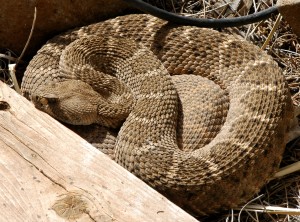
This is the rattlesnake that lived under my porch. You can read about her on pages 49-50
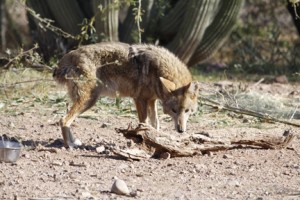
A coyote. I write about them on pages 59-60, 218, 220-221
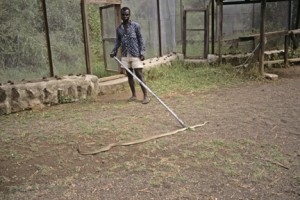
A black mamba. I write about a snake like this on pages 46-47
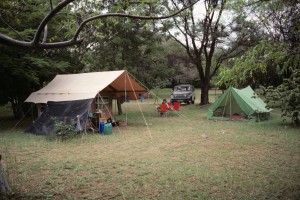
This was my camp at Lake Baringo in Kenya
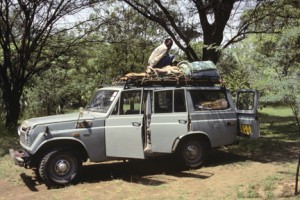
This is how I traveled through Kenya

A meerkat. I write about them on pages 65-66
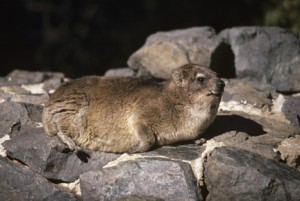
I studied the vocalizations of Rock Hyraxes in Kenya
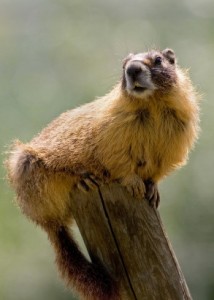
A Marmot. I talk about this on pages 64-65 (iStockphoto)
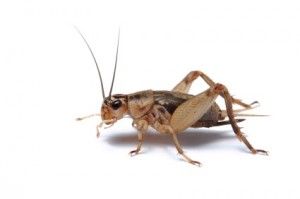
A cricket. I write about crickets on page 67 (iStockphoto),
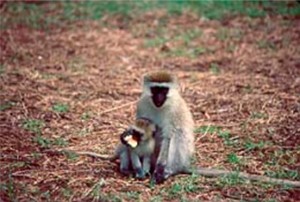
Vervet Monkeys. I write about them on pages 73-77
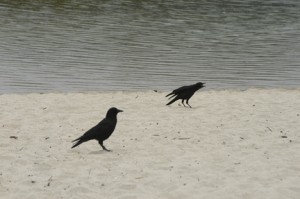
Crows and Ravens have a complex language. I write about this on pages 94-100
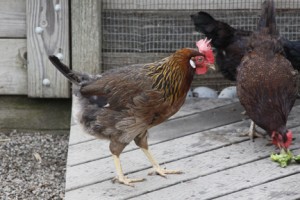
Chickens are more complicated than we thought. I write about them on pages 101-103
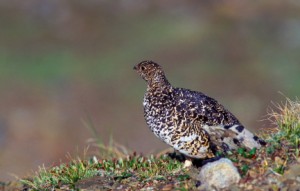
White-tailed Ptarmigan. I write about them on pges 102-103 (iStockphoto)
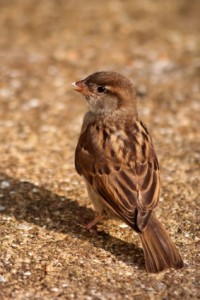
Sparrow like the one that lived in my house. I talk about this on pages 103-104 (iStockphoto)
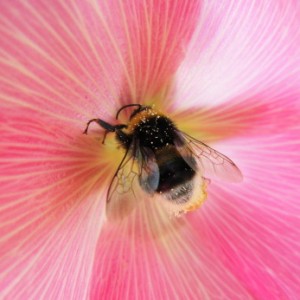
I talk about bumblebees on pages 112-113 (iStockphoto)

This is a typical nest opening for stingless bees. I talk about them on pages 109-112
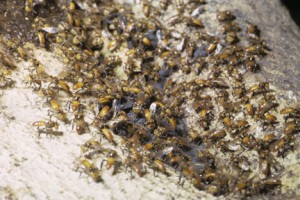
These stingless bees do not sting but they bite. I talk about them on pages 109-112
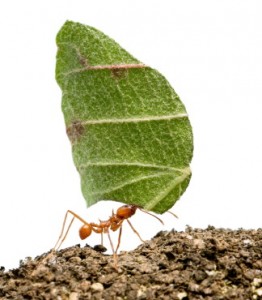
Leaf-cutter Ant carrying leaf. I talk about these ants on pages115-116 (iStockphoto)
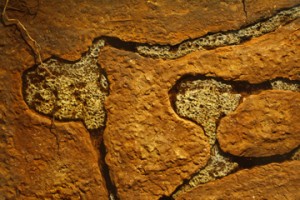
These are fungus gardens tended by Leaf-cutter Ants. I talk about these ants on pages 115-116
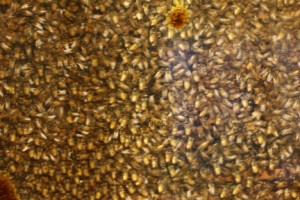
What the inside of a honeybee hive looks like. I talk about honeybees on pages 117-126
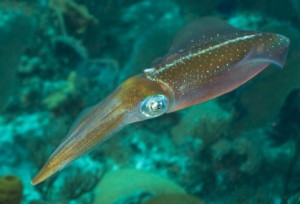
This is a Carribean Reef Squid. I talk about these on pages 140-143 (iStockphoto)
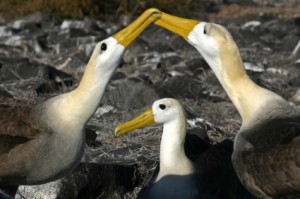
Albatrosses doing a mating dance. I talk about these on pages 143-146 (iStockphoto)

An Ornate Tree Lizard on the wall of my house. I talk about these on pages 146-149
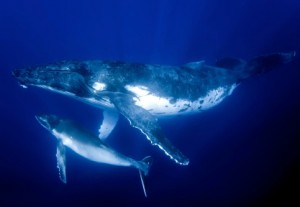
A Humpback Whale and calf. I talk about these on pages 152-157, 211 (iStockphoto)
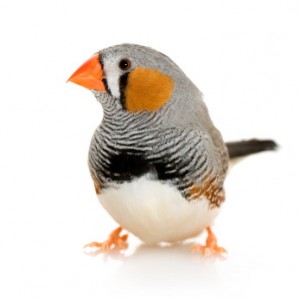
A Zebra Finch. I write about these birds on pages 160-161 (iStockphoto)
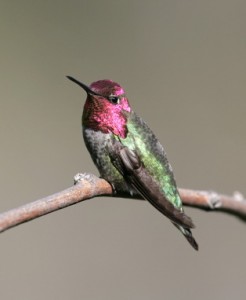
An Anna’s Hummingbird. I write about hummingbirds on pages 162-163, 196-198 (iStockphoto)

An Oystercatcher. I talk about this bird on page 174 (iStockphoto)
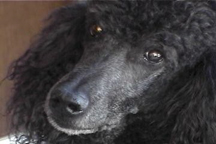
I write about dogs on pages 176-179, 202, 218
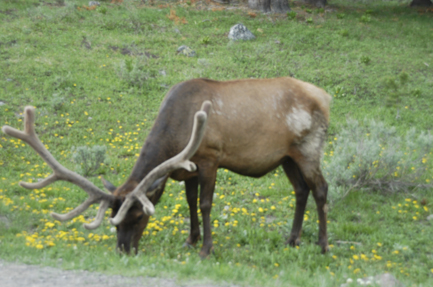
I talk about Elk on pages 185-186, 200-201
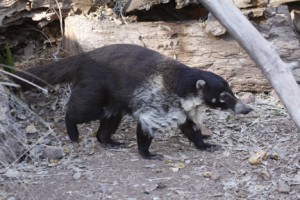
A Coati. I write about them on pages 186, 220

A Grey Fox. One barked at me from a porch all summer, pages 189-190
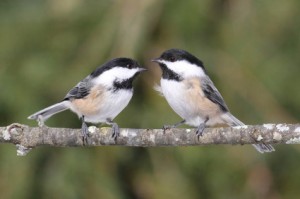
Black-capped Chickadees. I write about them on pages 195-196, 225 (iStockphoto)

A Rhesus Macaque. I talk about them on pages 192-193 (iStockphoto)
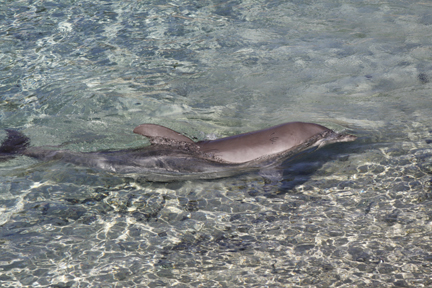
Dolphins have large brains and a complex language, pages 208-211, 248-249
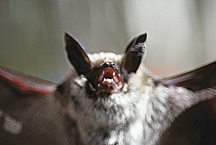
Bats have a complicated array of sounds, pages 212, 214, 231-232
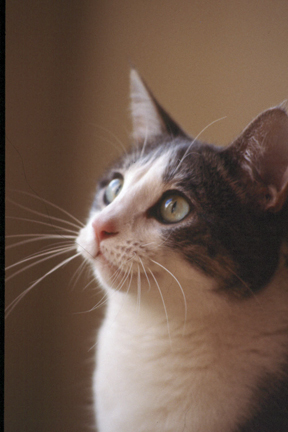
Cats make a large number of sounds, not just meow, page 204
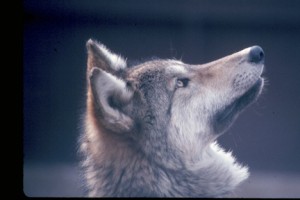
I write about wolves on pages 218, 221
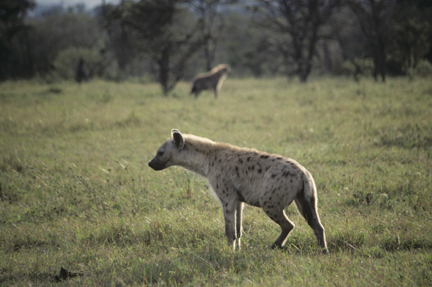
Hyenas use both odors and sounds, pages 216-217
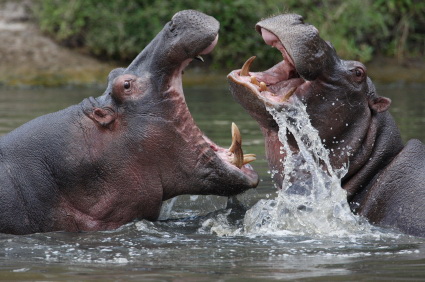
Two hippos having an aggressive interaction. I write about hippos on pages 228-230 (iStockphoto)
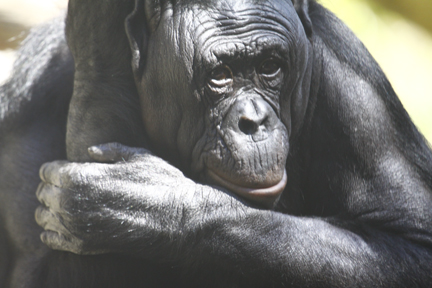
A bonobo. The bonobo called Kanzi has learned to use a keyboard and many English words, page 246









































